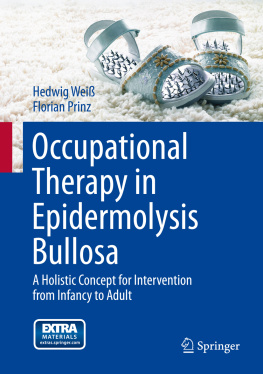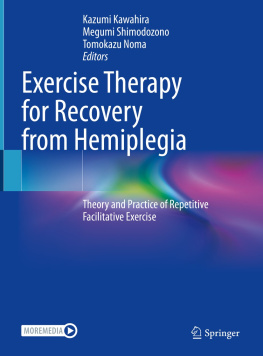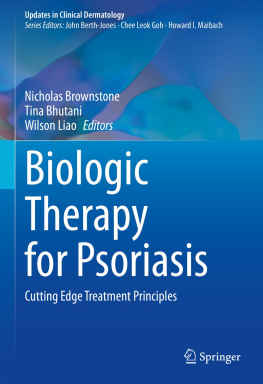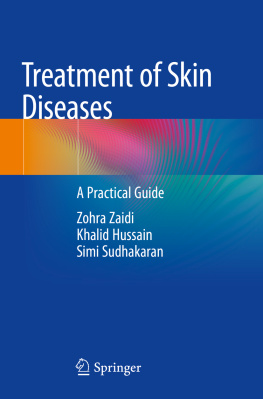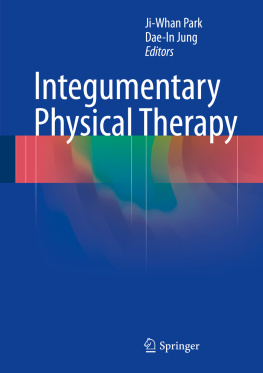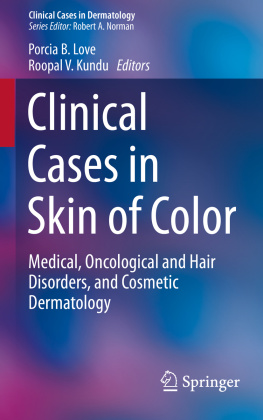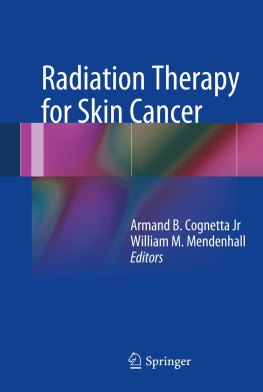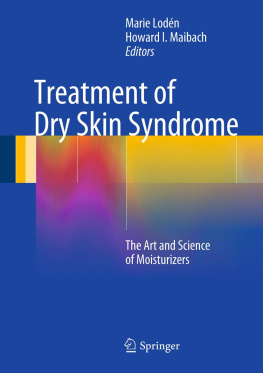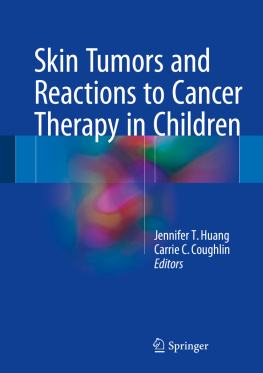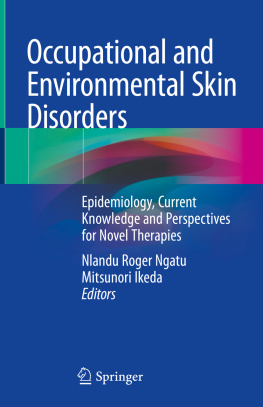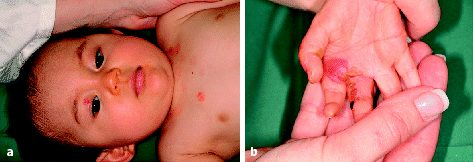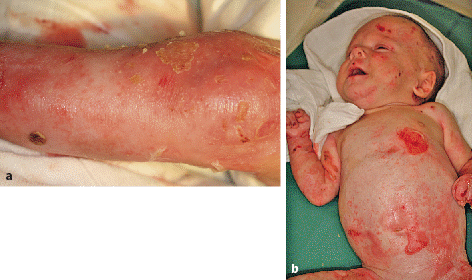Hedwig Weiss - Occupational Therapy in Epidermolysis Bullosa: A Holistic Concept for Intervention from Infancy to Adult
Here you can read online Hedwig Weiss - Occupational Therapy in Epidermolysis Bullosa: A Holistic Concept for Intervention from Infancy to Adult full text of the book (entire story) in english for free. Download pdf and epub, get meaning, cover and reviews about this ebook. year: 2012, publisher: Springer Nature, genre: Children. Description of the work, (preface) as well as reviews are available. Best literature library LitArk.com created for fans of good reading and offers a wide selection of genres:
Romance novel
Science fiction
Adventure
Detective
Science
History
Home and family
Prose
Art
Politics
Computer
Non-fiction
Religion
Business
Children
Humor
Choose a favorite category and find really read worthwhile books. Enjoy immersion in the world of imagination, feel the emotions of the characters or learn something new for yourself, make an fascinating discovery.
- Book:Occupational Therapy in Epidermolysis Bullosa: A Holistic Concept for Intervention from Infancy to Adult
- Author:
- Publisher:Springer Nature
- Genre:
- Year:2012
- Rating:3 / 5
- Favourites:Add to favourites
- Your mark:
Occupational Therapy in Epidermolysis Bullosa: A Holistic Concept for Intervention from Infancy to Adult: summary, description and annotation
We offer to read an annotation, description, summary or preface (depends on what the author of the book "Occupational Therapy in Epidermolysis Bullosa: A Holistic Concept for Intervention from Infancy to Adult" wrote himself). If you haven't found the necessary information about the book — write in the comments, we will try to find it.
Epidermolysis bullosa (EB) is the collective term for a heterogenous group of genetic skin disorders characterised by the formation of blisters and erosions on skin and mucous membranes.
This book deals with early childhood motor and perceptual development, a particular challenge for children with extremely fragile skin. Going into functional treatment, it addresses rehabilitation of hands and feet in EB patients with fusions or contractures.
The authors are occupational therapists with long-term experience in the management of EB patients. In an extraordinary holistic approach, they present a combination of paediatric and functional areas of treatment.
Occupational therapy tools and interventions can help alleviate a number of accompanying complications and symptoms of EB, enhance self-care, and improve quality of life in general.
Due to its practical approach, this book not only serves as a unique guide for doctors and health care professionals but is also comprehensible and useful for patients.
Hedwig Weiss: author's other books
Who wrote Occupational Therapy in Epidermolysis Bullosa: A Holistic Concept for Intervention from Infancy to Adult? Find out the surname, the name of the author of the book and a list of all author's works by series.

